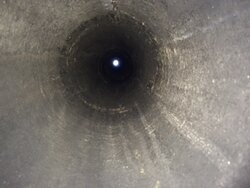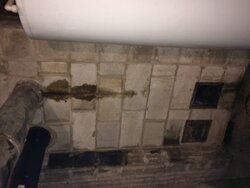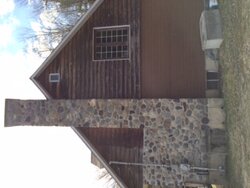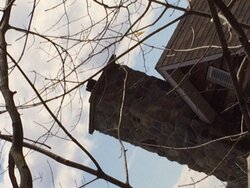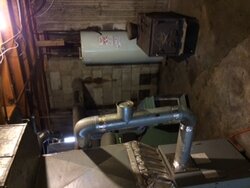I have a Max Caddy furnace, my chimney is unlined 40ft long and diameter is approx. 8 inch round.
Chimney is exterior maconery built with stone.
I'm living in Quebec, cold weather.
The draft without liner and the barometric control closed = .11 (manufacturer recommend 0.06 max)
I asked to sweeper a quote for insulated liner, he told me that it is not required as the maconey chimney and air around the liner is sufficient for insulation. He told me that the insulation will get wet and full of moisture and will affect liner's life span... he never install insulated liners... he seems to have lot of experience...
I am more concerned about performance than creosote, as my new furnace will probably burn much more particules than my old air tight woodstove and I plan to sweep every year.
Other fact, he can't install a liner of 6 inch in my chimney, he will use a 5.5 inch, no problem ?
Chimney is exterior maconery built with stone.
I'm living in Quebec, cold weather.
The draft without liner and the barometric control closed = .11 (manufacturer recommend 0.06 max)
I asked to sweeper a quote for insulated liner, he told me that it is not required as the maconey chimney and air around the liner is sufficient for insulation. He told me that the insulation will get wet and full of moisture and will affect liner's life span... he never install insulated liners... he seems to have lot of experience...
I am more concerned about performance than creosote, as my new furnace will probably burn much more particules than my old air tight woodstove and I plan to sweep every year.
Other fact, he can't install a liner of 6 inch in my chimney, he will use a 5.5 inch, no problem ?


 Yo, @
Yo, @